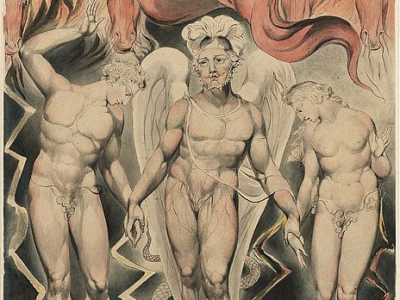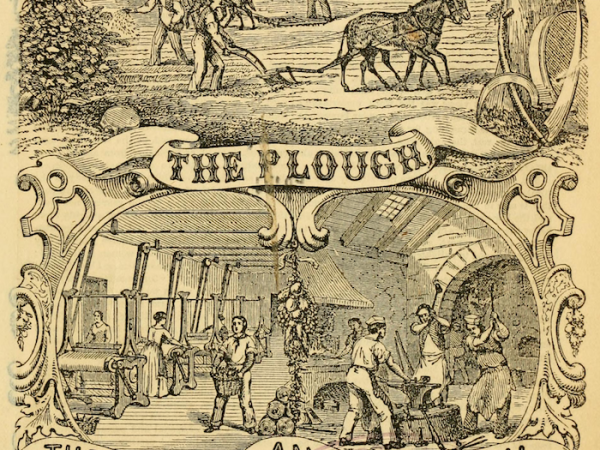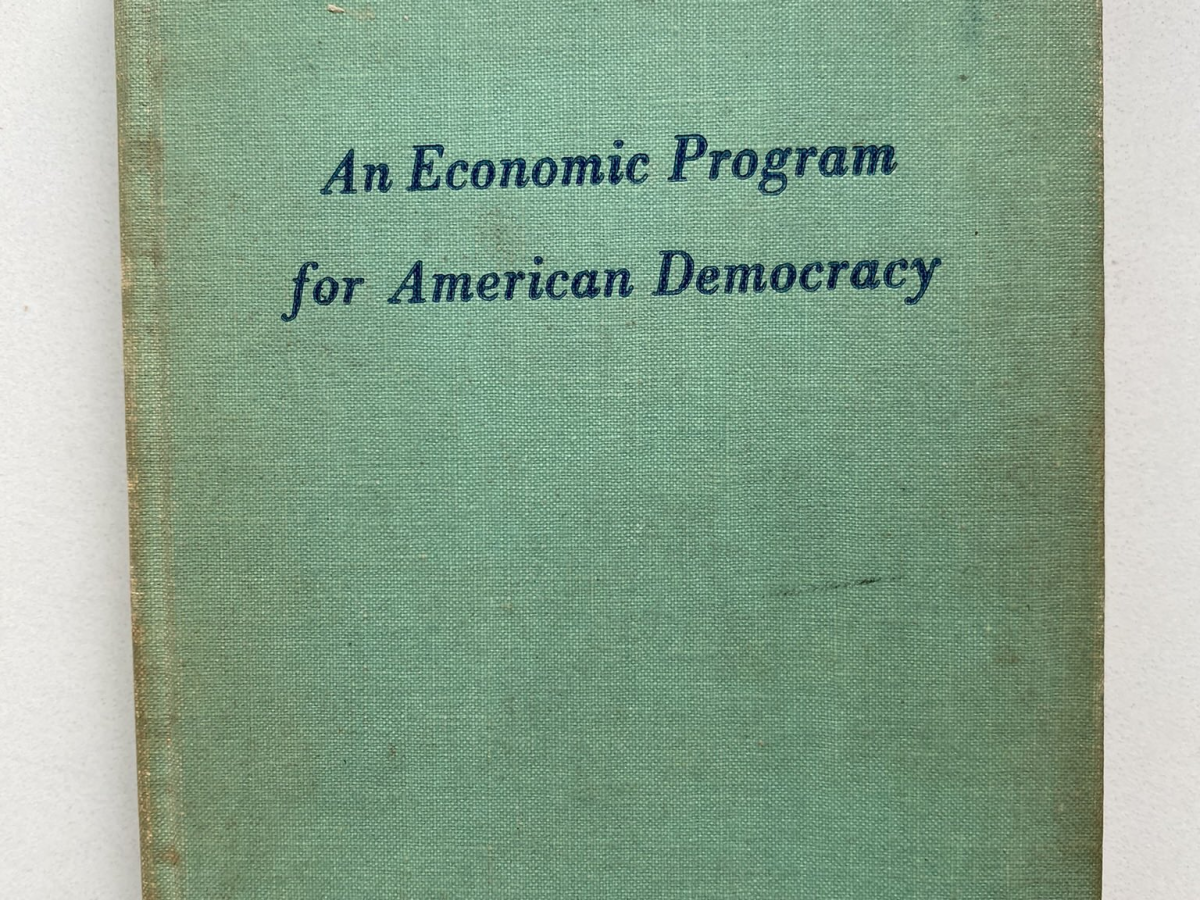
Liberalism Lost
Strange as it may seem, if we bracket for a moment our preconceived ideas about what liberalism is and just focus on the set of people who called themselves liberals, there was very little “liberalism” in the U.S. before the First World War.

After Free Trade – a review of Eric Helleiner’s *The Neomercantilists: A Global Intellectual History*
Helleiner shows that there were as many flavors of neomercantilism as there were national, imperial, and postcolonial traditions. From Meiji Japan to Sun Yat-sen’s China, from Muhammad Ali’s Egypt to Marcus Garvey’s African diaspora and the Swadeshi movement in India, neomercantilist ideas flourished throughout the long nineteenth century. They took form in political speeches, racist…
The American Anti-Austerity Tradition
The financialization of the U.S. economy has directed U.S. savings into more and more unproductive speculative investments. Consumption has become increasingly buoyed by unsustainable “indebted demand.” And the threat of secular stagnation due to inequality looms increasingly large against the backdrop of changing demographics and environmental degradation. To many, these are the novel economic conditions…

In the Common Interest – a review of Ariel Ron’s *Grassroots Leviathan: Agricultural Reform and the Rural North in the Slaveholding Republic*
In an influential 1943 essay, Polish economist Michał Kalecki staged a contest between capitalism’s pursuit of profit and its pursuit of power. While the benefits of government-sponsored full employment would benefit capitalists economically, Kalecki argued, it would also fundamentally threaten their social position—and the latter mattered more. If wide sections of the country came to…
Reconstruction Finance
Global underconsumption and a structurally-weakened working class are problems likely to persist as the twenty-first century marches on. Altering the shape of our global economy will require building new institutions capable of funneling excess savings into productive investment. This is not something that can be done with a temporary increase in spending—no matter how large.…

Introducing Foster and Catchings
Proto-Keynesian economic theory from an unlikely place.
Mobilizing for Abundance
Mobilizing for Abundance is an economics book from an unparalleled period in history. Published in 1944, it confronts the question that was then looming at the heart of American politics: how will the economy survive the end of the war? While the decades of largely steady economic growth that followed the end of the Second…

Introducing *An Economic Program for American Democracy*
In 1938, a group of Harvard and Tufts economists published a book titled An Economic Program for American Democracy. The group included a few famous names – Richard V. Gilbert; George H. Hildebrand, Jr.; Arthur W. Stuart; Maxine Yaple Sweezy; Paul M. Sweety; Lorie Tarshis and John D. Wilson – and a few who never…
Kennedy Johnson Tax Cuts
The Kennedy-Johnson tax cut was the crowning achievement of the Keynesian Revolution. It was something unique in American history: it wasn’t stimulus in response to a recession – it was a tax cut to prevent an expansion from slowing. It was Growth Keynesianism, the recognition that demand played a role in keeping long-run growth going,…
The Employment Act of 1946
The Economic ContextPostwar ProposalsWhat Was in the Proposed Full Employment Bill?Congressional Debates*Interpreting the Past*Goals*Feasibility*Method*Forecasting*InstitutionalizationResults – Final BillResults – Economic PerformanceFurther Reading The Employment Act was one of the defining moments in the history of American Keynesianism. Pushed by the left-wing of the New Deal coalition as the culmination of all that the 1930s and World…
Loading…
Something went wrong. Please refresh the page and/or try again.
Follow My Blog
Get new content delivered directly to your inbox.